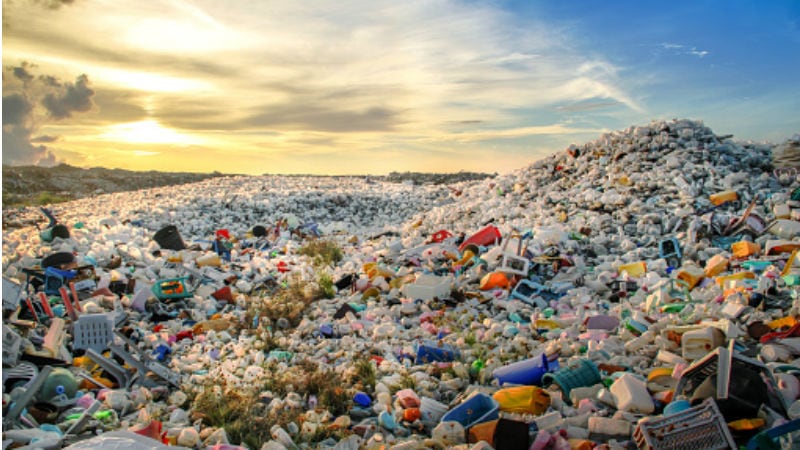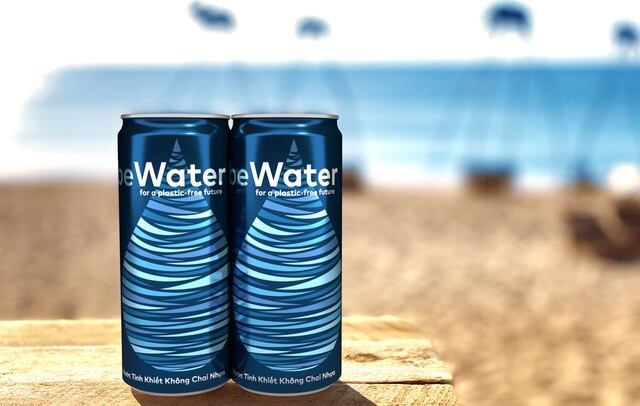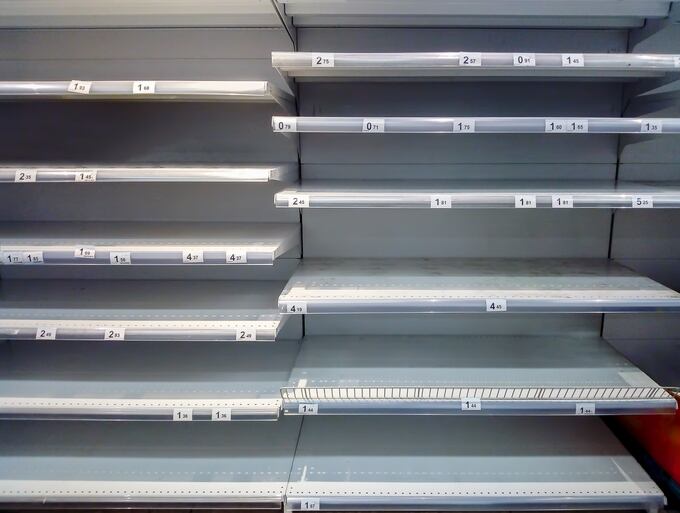For some years now, sustainability has been a key trend and driver in the business and marketing strategies for many food and beverage companies in the Asia Pacific region such as Coca-Cola and Nestle especially after China banned plastic waste imports in 2018.
One of the main initiatives across many of these that have this focus has generally been to cut down on the use of single-use plastic bottles and packaging – but experts say it is likely that ‘companies may resort to plastic packaging to combat the spread of the pandemic, putting the sustainability aspect in the back seat’ again.
“Single-use packaging, which has faced lots of criticism in recent years because of environmental concerns, might be seen as a better packaging alternative from a ‘hygiene’ point of view because of limited handling/access of the inner products,” said insights firm GlobalData’s Practice Head of Consumer Beverages Arvind Kaila.
“[This] may hurt sustainability goals sustainability goals set forth by governing bodies and businesses alike.”
One of the most likely places this will happen will be in China, which housed the first epicentre of the COVID-19 outbreak in Wuhan where the virus is believed to have originated from meat and seafood.
“Following the epidemic, the Chinese government is likely to enforce tighter regulations to change meat handling and distribution practices. Distributing meat in plastic packaging is likely to reduce the risk of a future outbreak but it may negate some of the progress made towards sustainability goals,” said Kaila.
India is also expected to see a rise in plastic packaging usage, especially with the recent nationwide lockdown increasing the need for more long-term food storage.
“[The] lockdown in India led to ‘panic stocking’ by consumers of all packaged food items, which will further drive plastic packaging in the near term,” Kaila added.
“[Understandably], these consumers’ views are likely to change for more hygiene-driven features in the short term, in which consumers may view disposable packaging as positive.”
Social distancing, e-commerce and disposable packaging
Social distancing has been advised by healthcare professionals across APAC in efforts to stop the spread of COVID-19 – which has meant that more food deliveries and takeaways have become the norm.
“The rise in food delivery and takeaway in the APAC region [will likely lead to] the adoption of disposable packaging gaining traction too,” he said.
“COVID-19 [also] appears likely to create a long-term effect for online retail - by persuading online-sceptic consumers to move spend away from physical stores in a bid to reduce time spent in public places”
“[It] is going to further drive the long-term growth of e-commerce as the unengaged consumer segments rely more on online shopping for day-to-day purchases during the isolation or quarantine period.
“This spurt in ecommerce industry will enable packaging providers to venture into untapped packaging markets and gain from it in the process.”
This is apparently not the first time that a disease outbreak has led to an e-commerce boost. The 2003 SARS outbreak has been credited with doing this for Chinese e-commerce, where Alibaba took the chance to build its Taobao platform, a cornerstone of its growth for the past 20 years.
“Major supermarkets in the APAC region are already experiencing unprecedented demand for online home delivery services. Bulk formats and packs suited to e-commerce distribution are already growing in popularity,” said Kaila.
“Packaging companies should take this opportunity to invest more in packaging research, design, innovation, and production practices adapted to e-commerce and optimise assets.”
Is plastic safer?
Unsurprisingly, environmental activists have protested claims that plastic food packaging is safer, and they may actually not be wrong.
According to a statement on the Break Free From Plastic website by non-profit organisation Upstream, disposable packaging is not safer than properly washed (with soap and hot water) reusable packaging.
“[Disposable packaging materials like plastic] are subject to whatever pathogens have settled on them from manufacture, transport, inventory stocking, and eventual use,” said Upstream.
“Coronavirus mainly spreads through coughs and sneezes, not your reusable water bottle or cup. –Just don’t let your water bottle directly touch the spigot, and be mindful about washing your hands after touching communal surfaces.”
Scientific research backs up some of these points: A recent UCLA study showed that the virus causing COVID-19 can remain on plastic surfaces for some two to three days, so if not properly cleaned before contact is made, may not be as safe as expected.
No concrete scientific data has yet been seen for the virus’ lifespan on reusable bags, but expert advice is to clean these thoroughly with soap, water, and/or disinfectant, similar to Upstream’s points.
So one way or the other, the safest way to proceed and keep food and groceries as hygienic as possible is likely still to observe proper cleaning protocol at higher levels of caution than usual, regardless of whether disposable or reusable packaging is used.
That said, Upstream still strongly believes that a better solution needs to be found.
“The coronavirus crisis is showing us that we don’t have the systems we need for reusable to-go, take-out, and food delivery. Because of this, there is likely to be an explosion of single-use products,” it added.
“[This] crisis is showing us that we need better systems for BYO and bulk shopping.”





